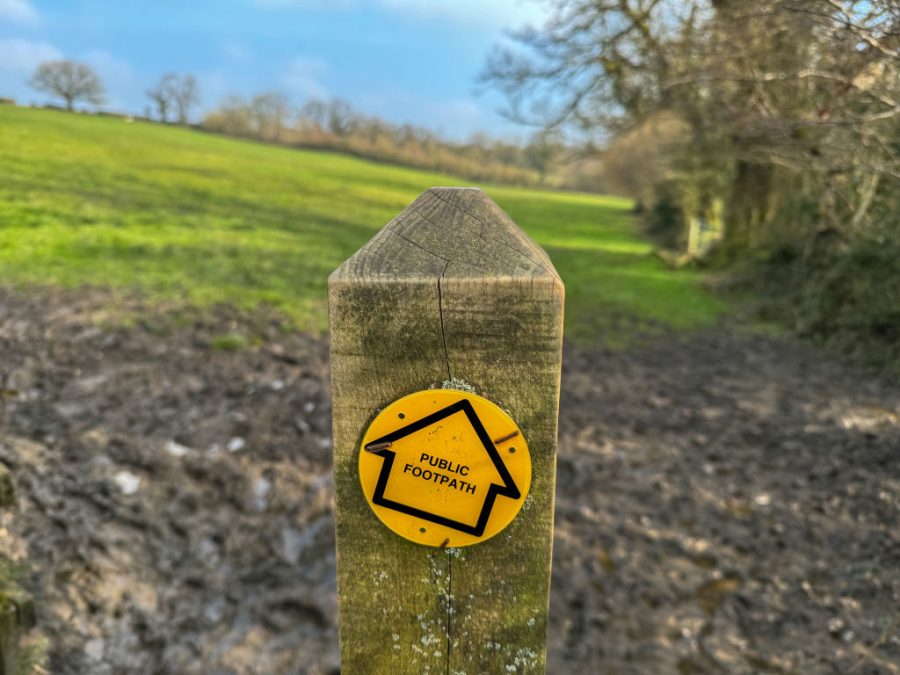It is beginning to feel a bit like 1998 all over again. That was the year of the first countryside march when it – supposedly – rose up in anger at the Blair government over its plan to abolish hunting, introduce the right to roam and build some houses for people to live in. Landowning interests, already reeling from Rachel Reeves’ decision to partially remove the inheritance tax exemption on agricultural land, are now gearing up to bleat about a proposal to slash the £2.5 billion a year budget for Environmental Land Management (ELM) – the scheme which replaced the Common Agricultural Policy (CAP) after Brexit.
It is reported that the scheme will be designed to be less generous, with payments being retained only for small farms. The landowning interest will be expecting to whip up mass public anger again, just as it did for the countryside march. But what exactly are taxpayers getting in return for ELM payments?
We should not be doling out billions to wealthy landowners without any public benefit in return
The idea behind ELM was to come up with a more sensible scheme than CAP, which for the last two decades has been little more than welfare for landowners – it doles out billions to them simply for owning land and keeping it in the vague definition of ‘agricultural condition’. Across the EU there have been plenty of fraudulent claims whereby people have been claiming payments for land which doesn’t actually exist, or which they do not own. But the whole thing is a scam, a bung for rural voters.
ELM was supposed to change that by rewarding farmers instead for looking after nature. They were to receive payments for farming land in particular ways which were supposed to encourage the wild flowers and hedgehogs. All very nice, of course, and designed to earn public support, because everyone likes nature. However, as with CAP in its later years, ELM is not linked with food production and so does nothing to promote national food security.
On the contrary, ELM money comes with all kinds of pernickety and bureaucratic conditions which make it harder to produce food. In many cases it encourages land to be taken out of production; some of the money is going to rewilding schemes dreamed up as part of the government’s net zero agenda. It is aiding the offshore companies who are buying up productive farmland in order to plant it with trees to claim carbon credits.
Nor is there any requirement under ELM to increase public access, which has been seriously lacking in some parts of the countryside since the Enclosure Acts – passed by a Parliament made up rather heavily of landowners – extinguished many rights of rural people. Indeed, I know of many places where ELM has made it even more difficult to access the countryside, as newly-planted hedgerows crowd in on country lanes, eliminating grassy verges and making it harder for people to walk about without being mown down by cars and tractors. What ELM is principally doing is helping wealthy landowners to create private nature reserves.
I fear we might be hearing a lot in the coming weeks about Reeves killing off the bunnies and foxes by watering down ELM. Sorry, but I am not going to fall for the propaganda. We have a £150 billion a year deficit which is driving the country to fiscal ruin. We should not be doling out billions to wealthy landowners without any public benefit in return. Landed interests were showered with public money throughout our years in the EU. There was no need to replicate one of the worst aspects of the bloc when we left.








Comments